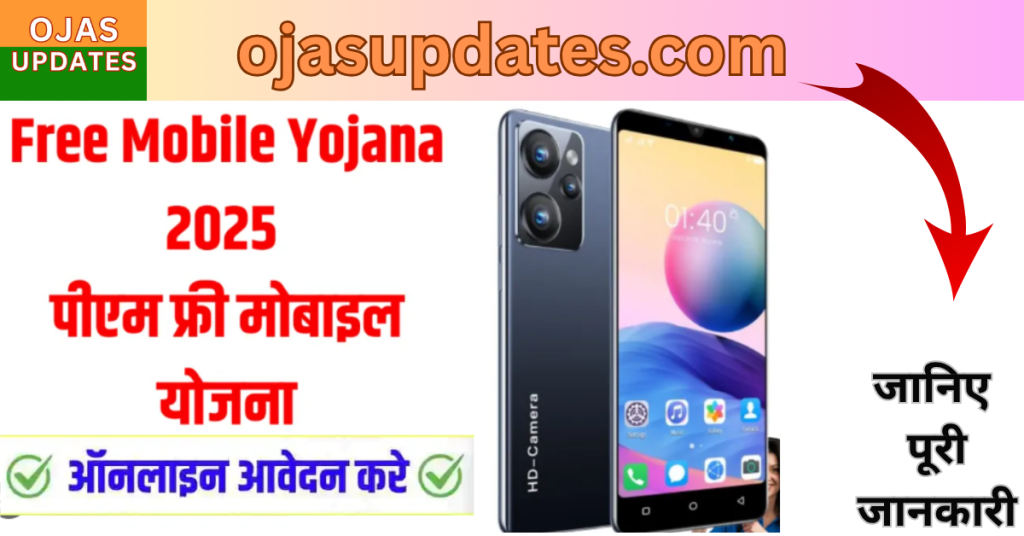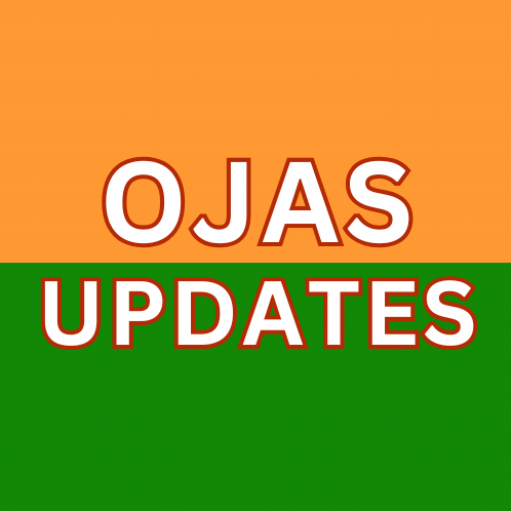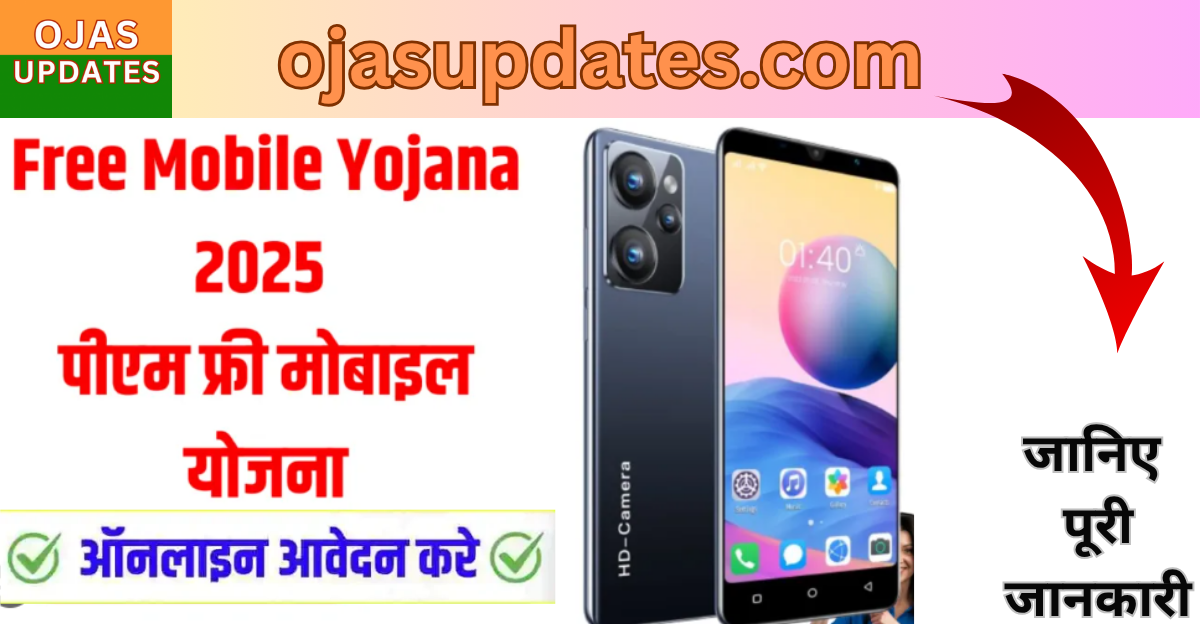The Indian government has introduced several welfare schemes aimed at bridging the digital divide. One such initiative that has gained widespread attention is the Free Mobile Yojana. This scheme is a bold step toward achieving the vision of a Digital India, ensuring that even the most marginalized communities can benefit from digital connectivity.
What is the Free Mobile Yojana?
The Free Mobile Yojana is a government-backed initiative aimed at distributing smartphones free of cost to eligible citizens, especially those from economically weaker sections. The primary goal is to enhance digital literacy, promote e-governance, and ensure last-mile delivery of government services through mobile connectivity.
Initially introduced in states like Rajasthan, Chhattisgarh, and Uttar Pradesh, the scheme targets women, students, farmers, and beneficiaries of other welfare programs. By putting a smartphone in every hand, the government hopes to empower citizens with access to online education, healthcare, banking, and government services.
Key Objectives of the Scheme
- Digital Inclusion: The primary objective is to bring rural and underprivileged populations into the digital fold. A smartphone opens doors to countless services, from online banking and telemedicine to digital education and e-commerce.
- Women Empowerment: In many states, the scheme specifically targets women, particularly those heading households or registered under various welfare schemes. The idea is to boost their access to information and provide tools for economic independence.
- Support for Education: During the COVID-19 pandemic, lack of digital access disrupted the education of millions. The Free Mobile Yojana seeks to ensure that students, especially from poor families, are not left behind in the digital learning revolution.
- Efficient Governance: With more citizens using smartphones, the delivery of government services becomes more efficient. People can access welfare schemes, apply for documents, or file grievances online.
- Promoting Digital Payments: As India moves toward a cashless economy, the scheme encourages digital transactions and banking, especially in remote areas.
Implementation Across States
Several state governments have launched their own versions of the Free Mobile Yojana:
- Rajasthan: Under the Indira Gandhi Smartphone Yojana, over 1 crore women are expected to receive smartphones and internet connectivity. The scheme primarily targets women heads of families who are beneficiaries of the Chiranjeevi Health Insurance Scheme.
- Chhattisgarh: The state distributed smartphones under the Sanchar Kranti Yojana, benefiting over 50 lakh citizens. The focus was on students and women in rural areas.
- Uttar Pradesh: The UP government launched a scheme to distribute free smartphones and tablets to youth, especially those enrolled in higher education. This is part of a larger initiative to prepare the youth for employment and skill development.
Eligibility Criteria
Eligibility for the Free Mobile Yojana varies from state to state but commonly includes:
- Households below the poverty line (BPL)
- Women heads of families
- Students in government schools or colleges
- Beneficiaries of welfare schemes like MNREGA, PDS, or health insurance programs
Applicants usually need to register on a dedicated government portal or approach local authorities with Aadhaar, ration cards, or proof of income.

Challenges and Concerns
While the scheme has been widely welcomed, it also comes with challenges:
- Infrastructure: In remote areas, the absence of mobile towers and weak internet connectivity can limit the usefulness of smartphones.
- Digital Literacy: Distributing smartphones is only the first step. Citizens also need training to use them effectively.
- Quality and Maintenance: The durability and service of the smartphones are often questioned. Without proper support, users may struggle with technical issues.
The Road Ahead
The Free Mobile Yojana is more than just a welfare scheme—it’s a visionary step towards inclusivity. As India embraces a digital-first future, ensuring equal access to technology becomes vital. With ongoing improvements in infrastructure, education, and policy, the scheme has the potential to transform lives.
However, for long-term success, the government must invest in digital literacy programs, local service centers for mobile support, and partnerships with private telecom companies for affordable data plans.
Conclusion
The Free Mobile Yojana is a shining example of how public policy can drive social change. By placing smartphones in the hands of the underserved, India is laying the groundwork for a truly inclusive digital revolution. As the scheme expands, it is likely to play a critical role in shaping the country’s socio-economic landscape, bridging the gap between urban and rural India, and giving every citizen a voice in the digital age.

